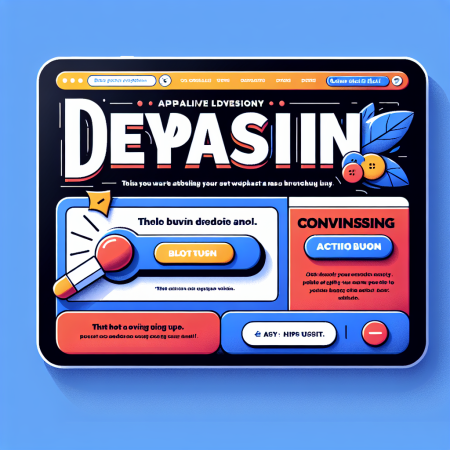How to Create Engaging Pop-Ups
Main Section 1
Popup windows can be a powerful tool for engaging with website visitors and capturing their attention. However, creating effective pop-ups requires careful consideration of design, timing, and content. One important aspect to keep in mind is the visual appeal of the pop-up. Using eye-catching colors, images, and fonts can help make the pop-up more attractive and noticeable to visitors.
Another key factor to consider is the timing of the pop-up. Displaying the pop-up too soon after a visitor lands on the website can be off-putting, while waiting too long may result in missed opportunities. Finding the right balance between being timely and not interruptive is crucial for creating engaging pop-ups.
Subsection 1
One effective strategy for creating engaging pop-ups is to provide visitors with a clear value proposition. This can be done by offering a discount, providing valuable information, or giving access to exclusive content. Clearly communicating the benefit of interacting with the pop-up can incentivize visitors to engage with it.
Additionally, using compelling copy that resonates with the target audience can help increase the effectiveness of pop-ups. Customizing the messaging to appeal to the interests and pain points of visitors can make the pop-up more relevant and engaging.
Subsection 2
Including a strong call-to-action (CTA) is essential for encouraging visitors to take the desired action after interacting with the pop-up. The CTA should be clear, concise, and compelling, guiding visitors on what steps to take next. Using action-oriented language and creating a sense of urgency can help drive conversions.
Moreover, implementing A/B testing can provide valuable insights into what elements of the pop-up are most engaging to visitors. Testing different designs, copy variations, and CTA placements can help optimize the pop-up for maximum engagement and conversion rates.
Subsection 3
Personalizing pop-ups based on visitor behavior and preferences can significantly increase engagement. Utilizing data such as browsing history, demographics, or past interactions with the website can help tailor the pop-up content to the individual visitor. Providing personalized recommendations or offers can make the pop-up more relevant and appealing.
Lastly, considering the user experience is crucial when creating pop-ups. Ensuring that the pop-up is mobile-friendly, easy to close, and does not obstruct important content can help prevent visitors from feeling annoyed or overwhelmed. Prioritizing a seamless and unobtrusive user experience can lead to better engagement and results.
Subsection 4
Analyzing the performance of pop-ups through metrics such as conversion rates, click-through rates, and bounce rates is essential for evaluating their effectiveness. Tracking and monitoring the success of pop-ups can provide valuable data for making data-driven decisions on how to improve and optimize future pop-ups.
In conclusion, creating engaging pop-ups requires a thoughtful approach that takes into account design, timing, content, and user experience. By focusing on providing value, using compelling messaging, implementing strong CTAs, personalizing content, and analyzing performance metrics, website owners can create pop-ups that effectively engage visitors and drive conversions.
Related Content
- How to Optimize Your Website’s Internal Linking
- Optimize image search to capture overlooked traffic streams in 2025
- How to Set and Achieve Business Goals for Your Coaching Business
- Boost lifetime value with predictive customer journey analytics defining 2025
- Instill lasting memories by incorporating brand elements into experiential online events

